Introduction
In the heart of particle physics research, the Large Hadron Collider (LHC) at CERN in Geneva, Switzerland, stands as a beacon of scientific exploration. Scientists have recently achieved a groundbreaking feat by measuring the elusive tau particle’s magnetic moment, utilizing a novel method that relies on near-miss particle interactions. This breakthrough opens a new chapter in our understanding of fundamental particles and the laws governing the universe.
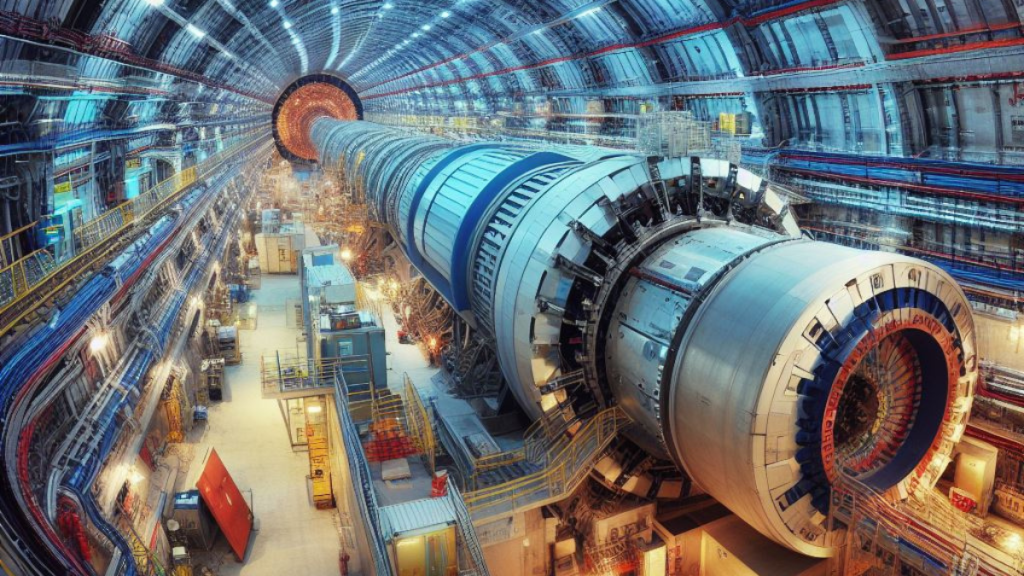
The Tau Particle: A Mysterious Entity
Exploring the Family of Electrons, Muons, and Taus
The tau particle, the heaviest and most enigmatic member of the electron family, has long eluded precise measurement due to its fleeting existence. Unlike its counterparts, electrons and muons, taus exist only for minuscule amounts of time, making them challenging to observe. However, their unique properties make them invaluable for delving into the mysteries of quantum physics.
Wobbling in a Magnetic Field: Understanding Magnetic Moments
Electrons, Muons, and Taus Dance to the Quantum Tune
Like a spinning top wobbling on a table, electrons, muons, and taus exhibit a characteristic wobble when placed in a magnetic field. This wobbling, known as a particle’s magnetic moment, offers a window into the quantum realm. Scientists can predict the speed of this wobble using the Standard Model of particle physics, our best theoretical framework for understanding particle interactions.
Testing the Limits: Precision in Particle Physics
From Electrons to Muons: A Journey through Precision Measurements
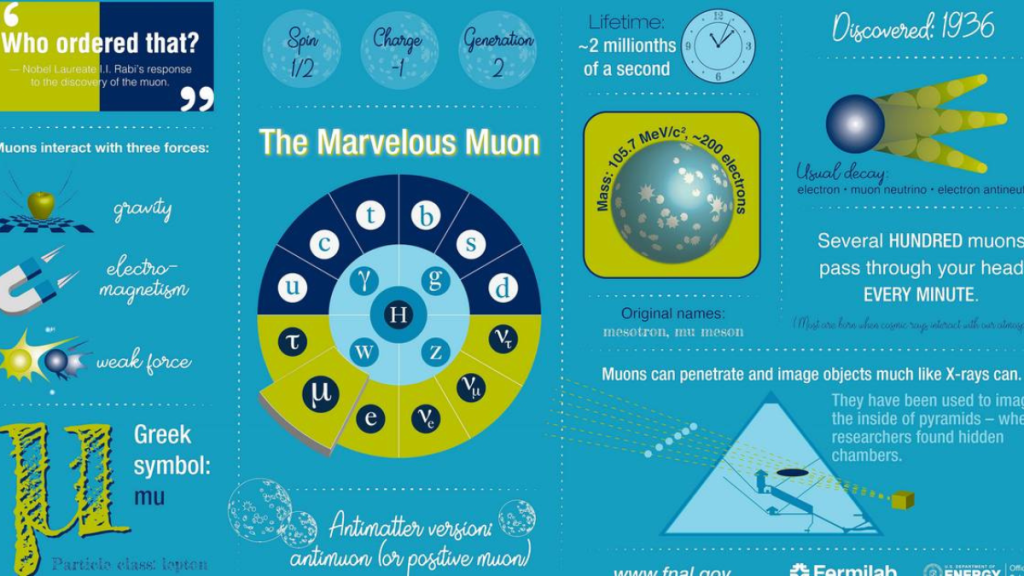
Historically, physicists have pushed the boundaries of precision in measuring the magnetic moments of particles. Julian Schwinger’s 1948 calculation of the electron’s magnetic moment set the stage for meticulous measurements, reaching an extraordinary 13 decimal places. As particles get heavier, their sensitivity to undiscovered particles in their quantum cloud increases, prompting scientists to focus on muons and, more recently, taus.
The Quest for Precision: Challenges in Measuring Tau’s Wobble
Tau’s Magnetic Moment: A Challenge for Particle Physicists

The tau Particle Physics, being 17 times more massive than a muon and 3,500 times heavier than an electron, presents a unique challenge. While its weight makes it more sensitive to potential undiscovered particles in the quantum clouds, its brief existence complicates precise measurements. The best measurement of the tau’s magnetic moment before this breakthrough was in 2004, but it fell short of the precision required to thoroughly test the Standard Model.
A Surprising Turn: Near-Miss Particle Interactions
Unexpected Discoveries in Lead Ion Experiments
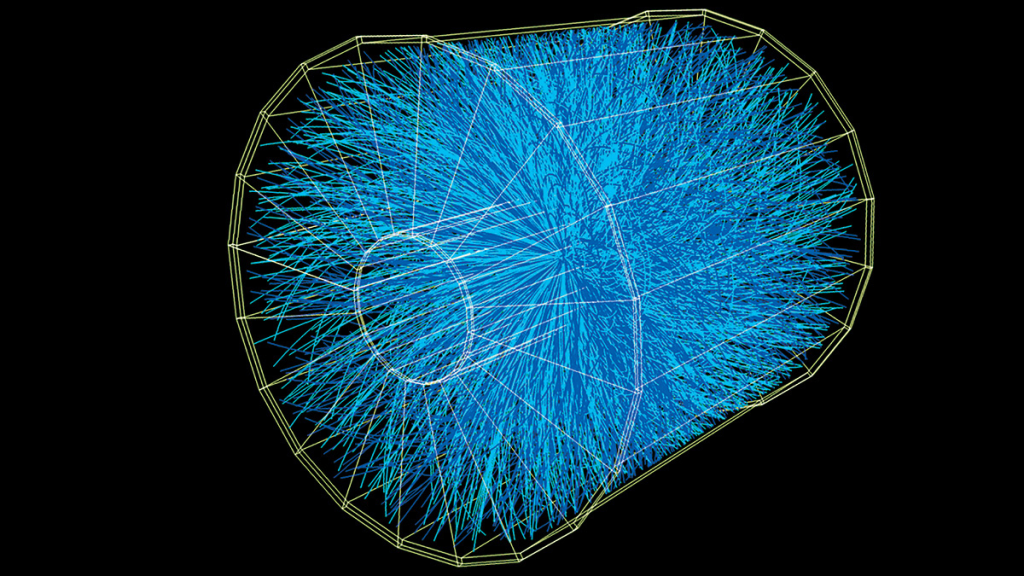
In a surprising twist, scientists discovered a new avenue for measuring the tau’s magnetic moment during lead ion experiments at the LHC. While these experiments were initially designed to study exotic hot matter created in head-on collisions, the data revealed a hidden gem. Lead ions, often missing each other in collisions, occasionally passed very close without touching. These near-miss events produced tau particles in a quieter environment, ideal for precise measurements.
Revealing the Hidden Experiment: Tau Particles in Near-Miss Collisions
Turning Near-Miss Events into Scientific Gold
Upon revisiting data from 2018 lead ion experiments, scientists confirmed the creation of tau particles during near-miss collisions. This unexpected discovery led to the measurement of the tau’s magnetic moment, marking the first such measurement since 2004. Astonishingly, this method, announced in April 2022, rivaled the precision achieved using an entire month of data recorded in 2018.
A Landmark Result: The Road to Precision
Unlocking New Avenues for Precision Measurement
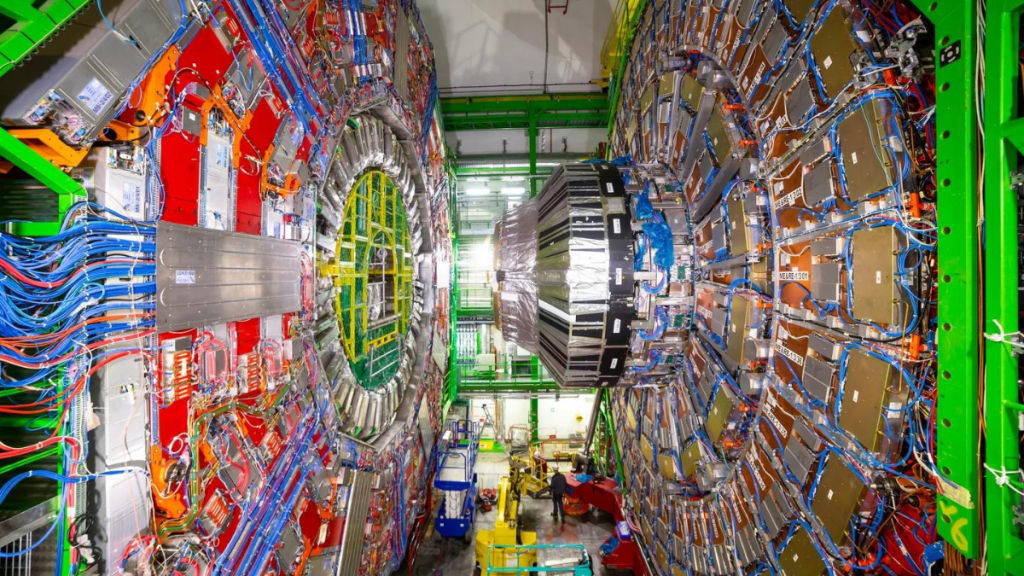
The October 12, 2023 publication of the landmark result marked a turning point in particle physics. For the first time in nearly two decades, experimental progress had been made in measuring the tau’s magnetic moment. This result, achieved with just one month of data, hinted at the potential for a tenfold improvement in precision, crucial for testing Standard Model predictions.
The Future Unveiled: Expanding the Horizon
Enhanced Data Collection and Promising Prospects
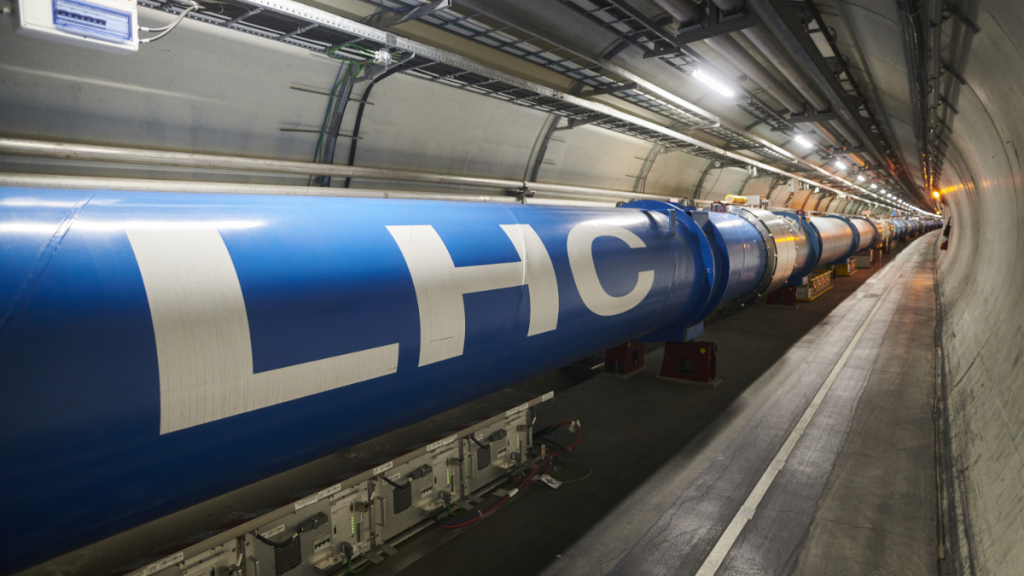
As the Large Hadron Collider restarted lead ion data collection in September 2023, anticipation for future discoveries surged. The research team plans to quadruple the sample size of lead ion near-miss data by 2025, doubling the accuracy of the tau magnetic moment measurement. With ongoing improvements in analysis methods, the potential for further advancements in our understanding of the quantum world is on the horizon.
Closing Thoughts: Tau Particles and the Quantum Enigma
Looking Ahead to the Quantum Frontier
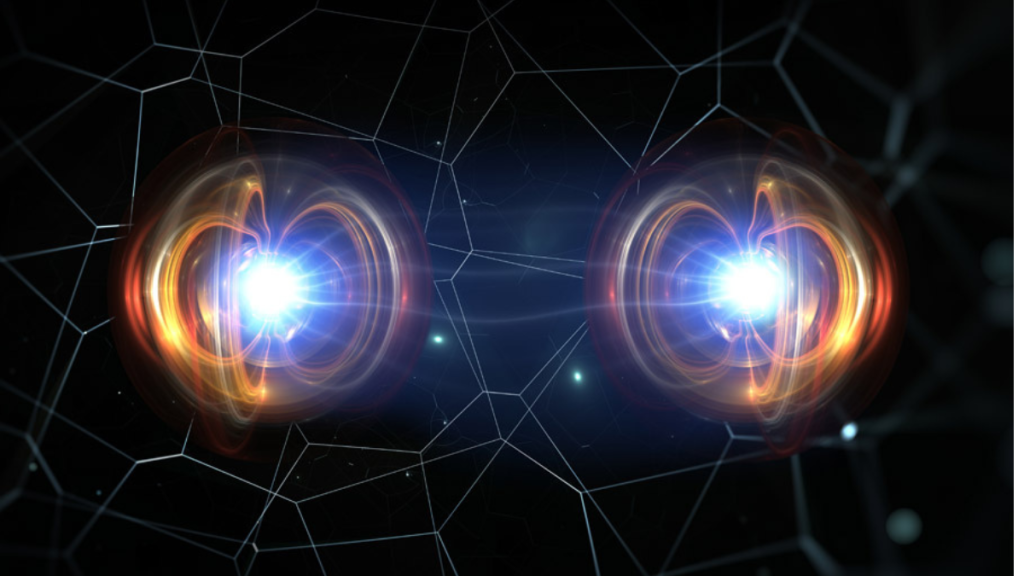
Tau particles, with their fleeting existence and unique characteristics, offer physicists a tantalizing window into the quantum world. The recent breakthrough at CERN’s Large Hadron Collider not only unveiled a hidden experiment but also paved the way for a deeper exploration of fundamental particles. As scientists embark on this journey of precision and discovery, the enigmatic quantum realm promises surprises that could reshape our understanding of the fundamental nature of the universe.
Conclusion:
The breakthrough measurement of the tau particle’s magnetic moment at CERN’s Large Hadron Collider heralds a new era in particle physics. This unexpected triumph, utilizing near-miss Particle Physics interactions, not only uncovers a hidden experiment but also promises a tenfold improvement in precision, challenging the boundaries of our understanding. Tau particles, with their fleeting nature and unique attributes, serve as windows into the enigmatic quantum world. As the scientific community eagerly anticipates future revelations from the ongoing lead ion experiments, this journey reaffirms our collective commitment to unraveling the fundamental mysteries that shape the very fabric of the universe. The quantum frontier beckons, and with each step forward, we inch closer to a deeper comprehension of the intricate dance of particles that underlies our reality.
